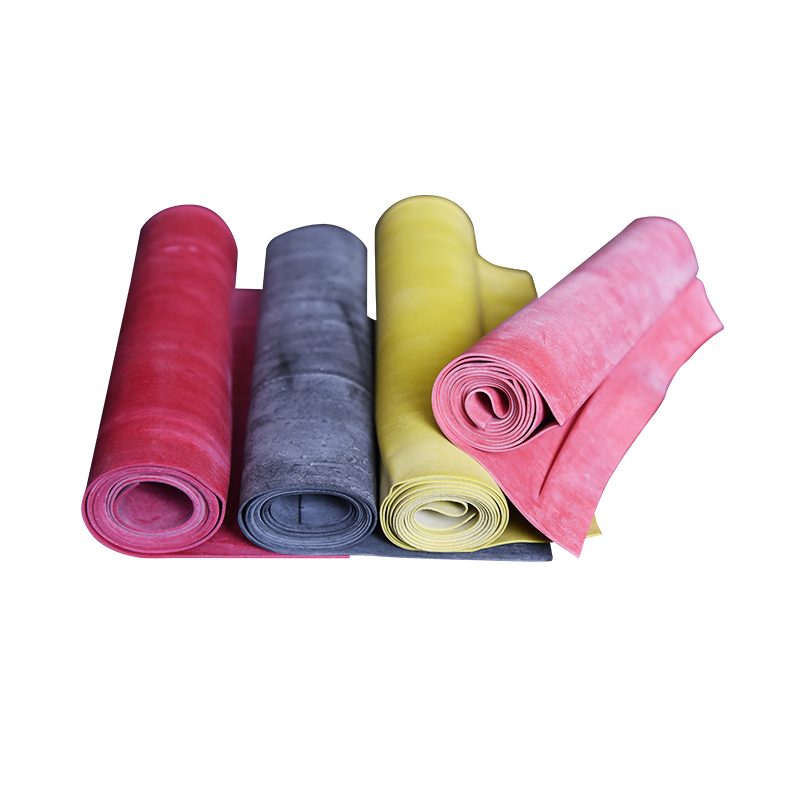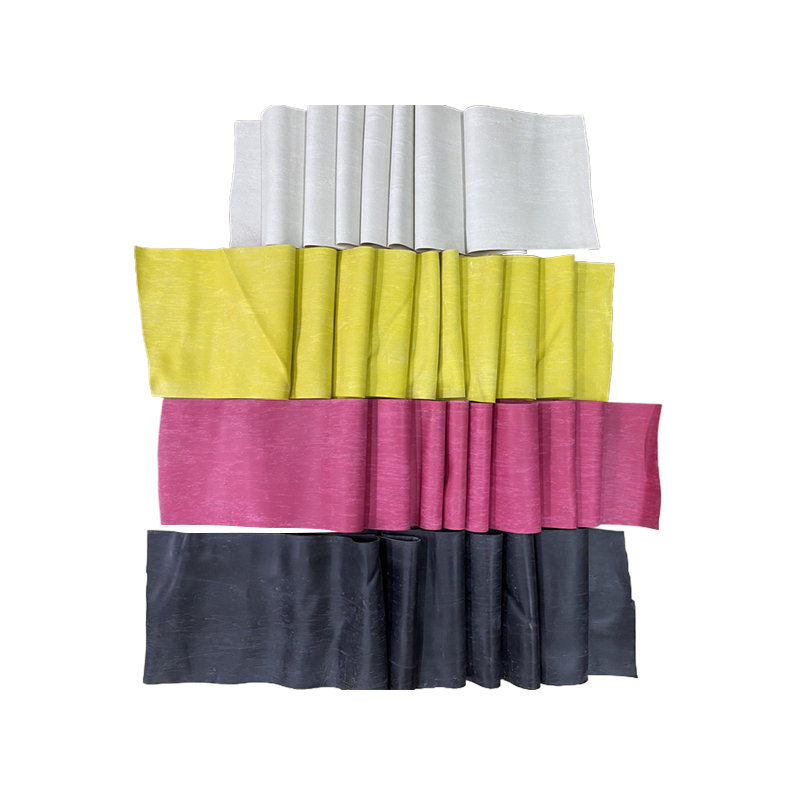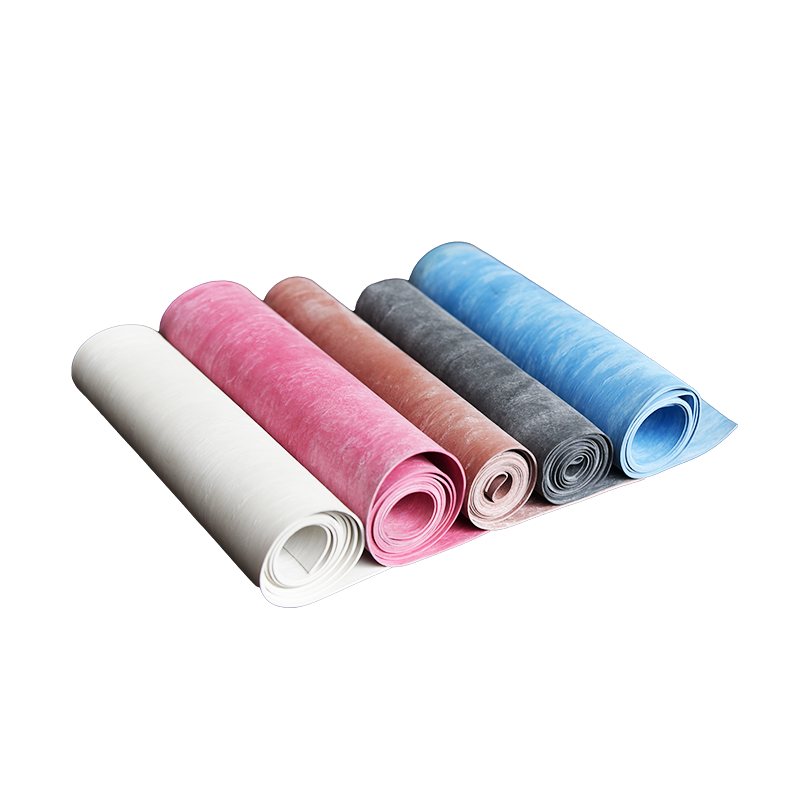
XH-03A (i.e. 65 ° C heavy-duty non flame retardant rubber sheath)
Still deciding? Get the samples first,Contact us!
View similar products
XH-03A (i.e. 65 ° C heavy-duty non flame retardant rubber sheath)
Still deciding? Get the samples first,Contact us!
Product Category
- Description
-
Product Description
This material is based on chlorinated polyethylene and mixed with other additives. It has flame retardancy, oil resistance, wear resistance, tear resistance, cold resistance, weather resistance, and excellent mechanical properties. Equivalent to the XH-03A type sheath in GB7594-87 standard, which is a 65 ° C heavy-duty non flammable rubber sheath. Due to its excellent performance, good extrusion appearance, good flexibility, and low cost, it has become an ideal substitute for rubber sheaths based on chloroprene rubber and chlorosulfonated polyethylene rubber.
Product Usage
Suitable for heavy-duty mining rubber sheathed cables, especially those used in harsh environments such as heavy-duty mining rubber sheathed cables and heavy-duty mobile cables; Rubber sheathed flexible cables for coal mines that comply with the GB12972-91 standard; Implement MT818-2009 standard for rubber sheathed flexible cables used in coal mines. Due to its requirement for bundled combustion, it can provide high flame retardant CPE mixed adhesive (O.I. ≥ 40%), heavy-duty rubber sheathed flat cables with flame retardant, oil resistant, and high-strength requirements.
Comparison of material properties and standard requirementsExperimental project
Company
GB7594-87 XH-03A
Typical values
Mechanical properties before aging
Tensile strength
MPa
≥11.0
12.9
Elongation at break
%
≥250
395
75 ° C, mechanical properties after 10 days of aging
The maximum rate of change in tensile strength
%
-15 ~ +15
2
Maximum rate of change in elongation at break
%
-25 ~ +25
-8
Thermal extension test
Experimental conditions
Test temperature
°C
200
Load time
min
15
Mechanical stress
MPa
0.2
Elongation under load
%
≤175
38
Permanent deformation after cooling
%
≤25
7
Mineral oil immersion test
Experimental conditions
Oil temperature
°C
100±2
Oil immersion time
h
24
The maximum rate of change in tensile strength
%
-40 ~ +40
-8
Maximum rate of change in elongation at break
%
-40 ~ +40
-3
-35 ° C low-temperature tensile test
Minimum elongation at break
%
30
110
Tear strength
N/mm
8.5
Burning time (T5120 ℃)
min
> 30
Note: The requirement for tear strength in GB12972-1991 standard is not less than 7.5N/mm, while in MT818-2009 standard it is not less than 5N/mm.
Processing process parameters
It is recommended to use CV (continuous vulcanization) production line for extrusion production;
Extruder compression ratio: 1.1:1-1.5:1;
Length to diameter ratio: 6:1-16:1 (hot feeding is recommended for ratios below 10:1);
Extruder temperature: 65-85 ° C;
Sulfurization tube temperature: 165-185 ° C.
Packaging and Storage
The material has a rectangular film shape (which can also be packaged and changed according to user requirements), and should be stored in a clean, dry, and ventilated warehouse.
Query now
Note: Please leave your email address and our professionals will contact you as soon as possible!
Related Products










